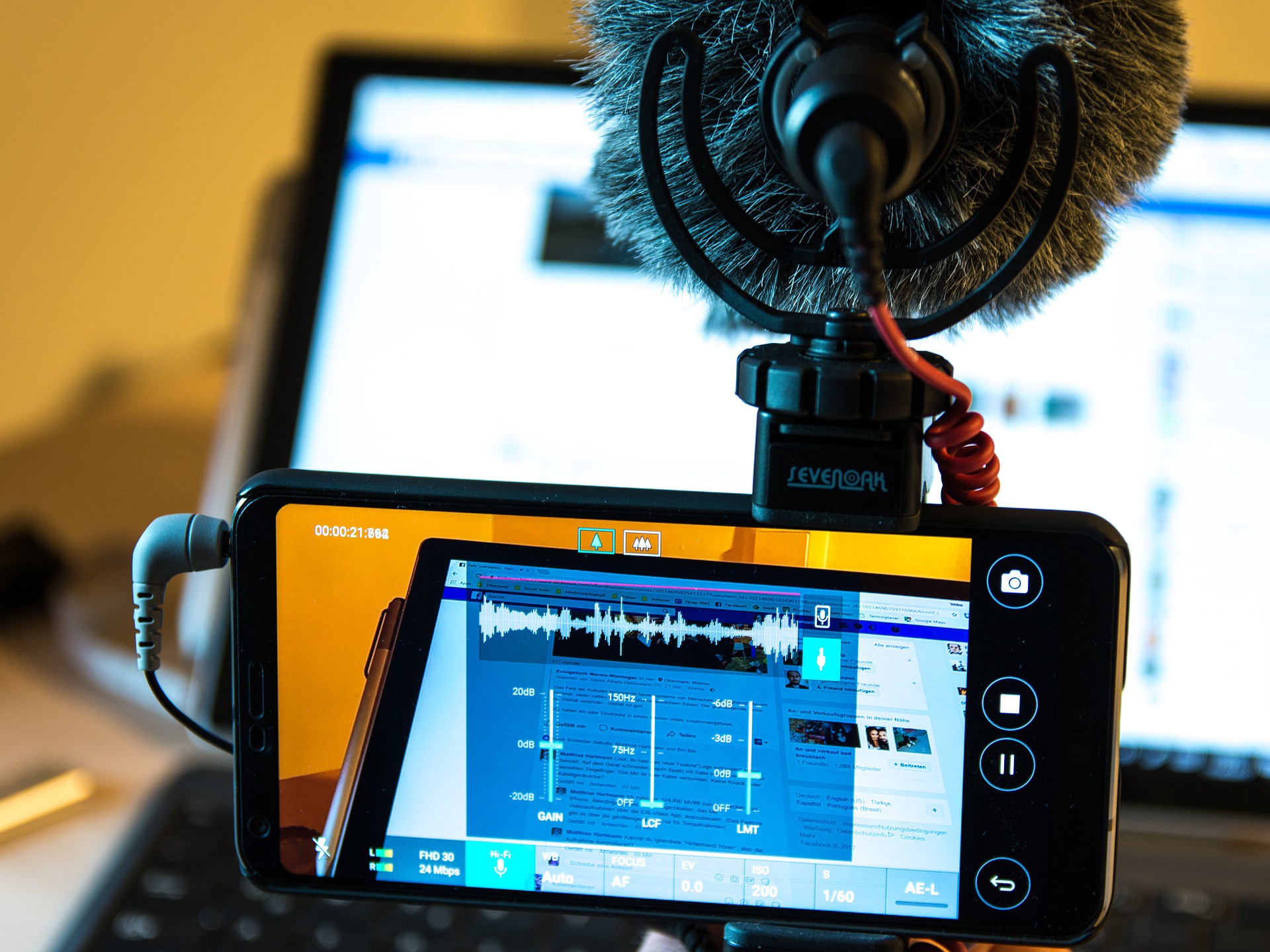Insights
How to Prevent Facebook Live Comments From Taking Center Stage.

At the end of June, the State Department held a #FamilyTravelHacks chat, where they welcomed questions about applying for passports for kids, document requirements and tips for summer vacations… or so that was their intention.
At a time when family separation on our southern border was dominating the news cycle, it’s unsurprising that, with open access to U.S. government representatives talking about international family travel, listeners took aim at the hosts. Constituents took this Facebook Live opportunity to air their frustrations on the Trump administration’s “zero tolerance” immigration policy in real time.
In public relations and marketing, the timing of visibility is equally as important as the visibility itself. And this is especially true when an organization opens itself up to a Q&A on a medium that could live forever.
Though the State Department’s Facebook Live is past and their mistakes are forever memorialized on the web, they were certainly on the right track trying to engage with citizens on this platform. Taking heed of their mistakes, I’ve shared a few relevant tips and lessons learned in order to put your own Facebook Live on a successful path from the start.
1. Pay attention to the media climate around your Facebook Live airdate. The great thing about going live on Facebook, is that it’s flexible. There’s no studio, no large production team or any fancy cameras necessary. This means you are free to reschedule and change the airdate as many times as needed. If you notice that things are getting dicey a few days out, it’s probably worth posting about a rescheduled date for your segment.
For this State Department broadcast, the communications team should have either postponed the broadcast or been more thoroughly prepared to address the controversy.
2. Come equipped with talking points for tough questions. It’s not enough to just ignore viewers/participants when tensions rise. The internet is rife with trolls and that’s something that needs to be accounted for in today’s digital era. At this point, there’s no excuse for a lack of preparation or a contingency plan for responding to anything thrown at you during the course of your broadcast. Obviously, trolls will troll and it’s not necessary to respond to every negative comment, but a defense plan for any major sticking points is critical.
In the case of the State Department, after multiple comments about the controversy at the border, the video participants should have mentioned that the office of Consular Affairs has nothing to do with immigration and the issues at the border. This would have been most effective spoken in the Q&A portion of the video, but also would have made a difference in the comment section. While this might not have stopped the comments completely, it could have diminished their prominence, frequency and resulting consequences. Ignoring these tricky questions doesn’t accomplish anything and allows attention to be taken away from the message you are trying to convey.
3. Have someone on your team responding to questions and comments in real-time. It’s hard enough to be engaging onscreen, never mind trying to stay on top of live comments and questions. It’s pivotal to have a support team on-hand to be reviewing audience engagement so that they can prompt you with which questions you should respond to on-screen. The remainder should be typed responses handled behind the scenes on Facebook. You’ll lose viewers if your audience sees you stumbling around or if they experience more than a few seconds of silence.
While the State Department team seemed to have a handle on answering the appropriate questions, their responses to comments left something to be desired. At most, the off-screen team was dropping links into the comments and attempting to deter the scathing and sarcastic viewer comments, and it wasn’t enough.
4. Make sure your video is visually engaging. Your Facebook Live shouldn’t be reminiscent of an introductory college course lecture. Meaning no sitting at a table or standing at a podium and presenting a speech to a camera. That’s a good way to lose viewers early on. Move around. Take questions. Present a visual asset. Be creative in developing ways to keep your audience engaged throughout the duration of your broadcast.
For the State Department Facebook Live, the fact that they sat in front of a generic bookshelf, both wearing white, while barely looking away from the computer screen is, frankly, boring and definitely lost them viewers. To create a more dynamic and engaging visual for their audience, moving around and chatting with other people on their team about travel documents would have been a more entertaining and memorable option.
With these tips, and a bit of practice, we should all be able to avoid comments taking center stage during a Facebook Live broadcast, thereby letting your content and video remain the star of the show.